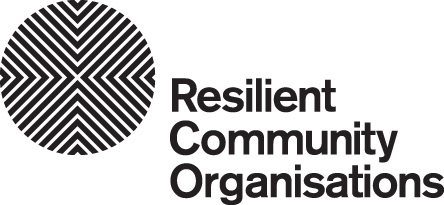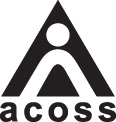Stepping up is consistent with having a risk management framework.
Risk management is the practice of identifying potential risks in advance, analysing them and taking precautionary steps to reduce/minimise the risk or potential impacts.
In essence, risk management is a process that includes:
- Establishing the context
- Identifying the risks
- Analysing the risks
- Evaluating the risks (for example by considering the likelihood of events and the consequences or impacts of events)
- Treating the risks (for example by avoiding the risk, controlling the risk, financing the risk, transferring the risk (e.g. insurance) or reducing the risk through changed work practices)
- Implementing, monitoring and reviewing risk management plans
- Communicating with all concerned.
There are many forms of risk management, for example, financial risk management, worker health and safety risk management, crisis risk management. The emphasis and models of risk management can vary with the type of organisation. In community organisations risk management processes are often for:
- Workplace health and safety
- Child protection
- Service processes and quality improvement
- Financial.
Many risk management frameworks in community organisations don’t include the risks or the community organisation’s role in disasters and emergencies.
For community organisations to step up to their role in disasters and emergencies their risk management plans must risks in relation to disasters and emergencies and the community organisation’s role in them.
These resources are focussed specifically on preparedness for disasters and emergencies. They can be used to supplement your existing risk management plans and tools.
If you do not have a risk management plan you may find the Risk Management Summary included in the downloads section below useful.
If you do have a risk management plan you may want to ensure that it includes all the essential information in relation to disasters and emergencies.





